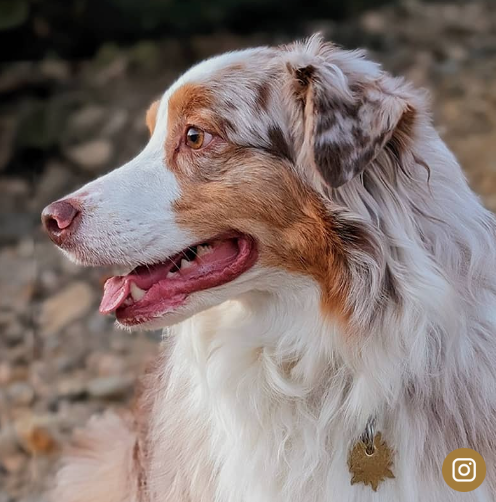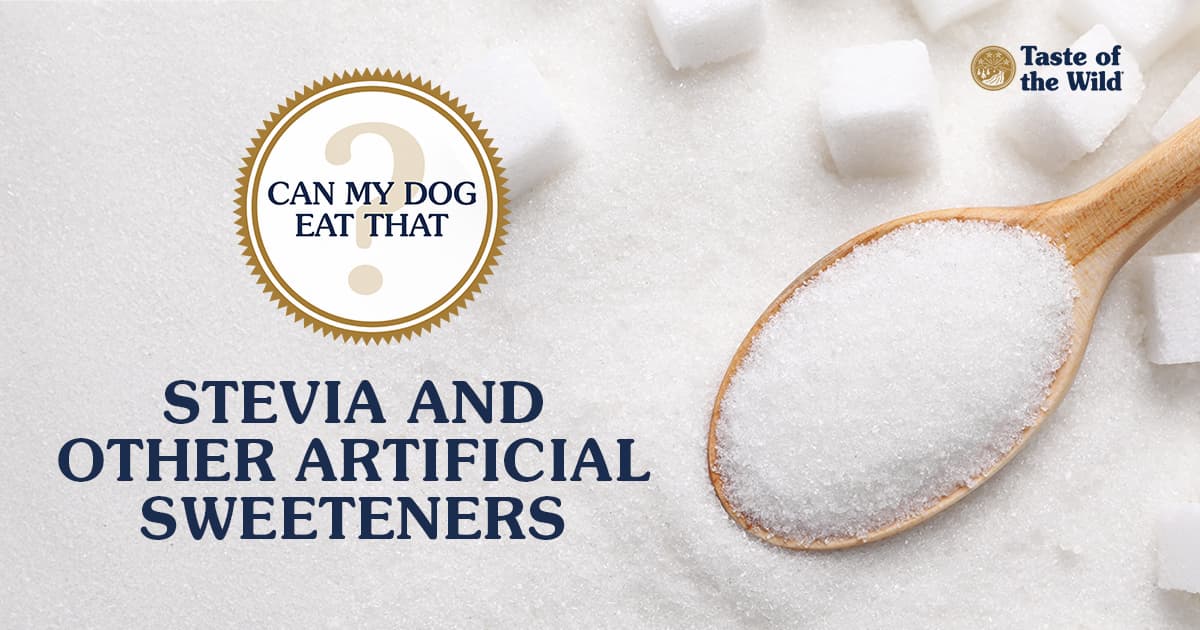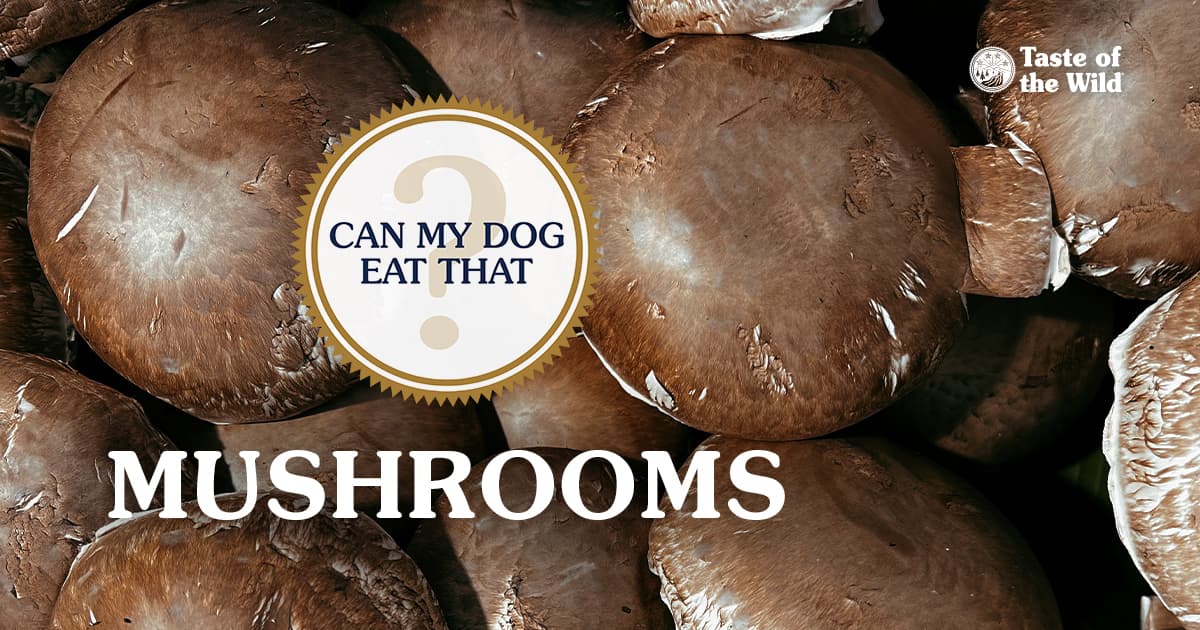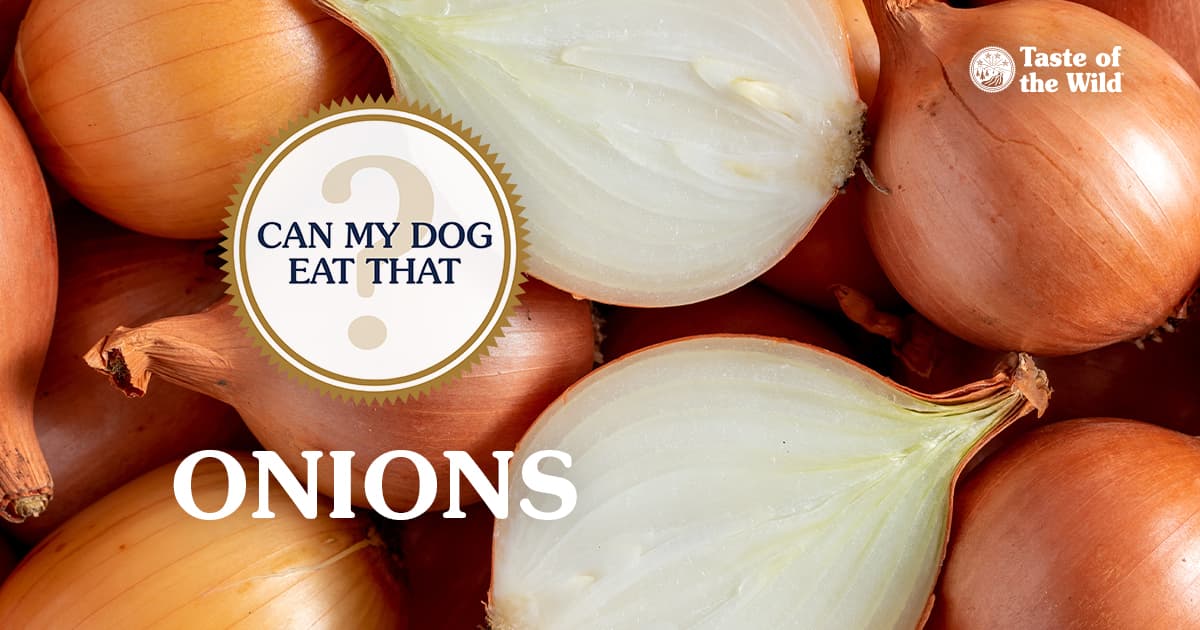Can My Dog Eat That? Candy
Category: Can My Dog Eat That
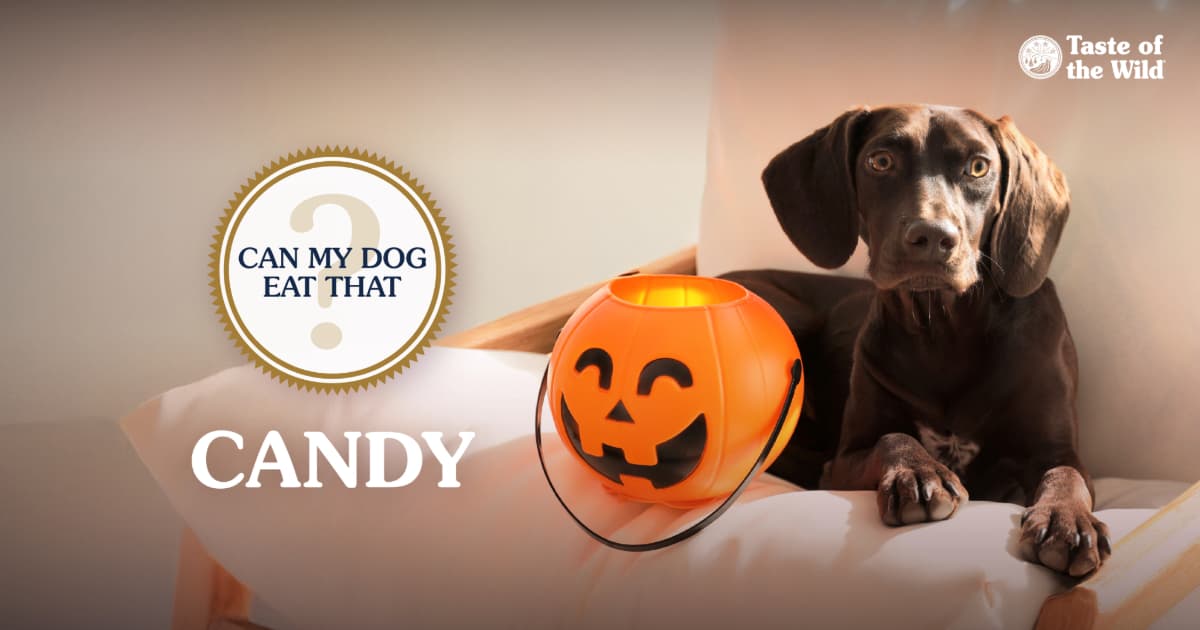
Welcome to “Can My Dog Eat That?,” our series that answers some obvious (and not-so-obvious) questions about what your dog can and can’t safely eat. You can view some of the previous foods we’ve looked at in our “Can my dog eat that?” guide. Today we answer the question “Can dogs eat candy?” Read on!
If people overindulge in candy, they may wind up with a stomachache (and some regrets). But dogs who eat chocolate or candy may not get away with it that easily. Candy is not a healthy treat for dogs, but more importantly, chocolate and some sugar-free candy are toxic to dogs — even a small amount can be dangerous. So keep your candy stash safely hidden from your dog!
Can Dogs Eat Chocolate?
No. Chocolate contains two potentially toxic substances for dogs: caffeine and theobromine, with theobromine being the greater concern. Both are rapidly absorbed from the small intestine and across the bladder wall, and returned to the bloodstream to recirculate again. Dogs can’t metabolize theobromine as easily as humans, which puts them at risk of theobromine reaching dangerous levels.
As a general rule of thumb, the darker and more bitter the chocolate (e.g., cocoa powder, dark chocolate), the more theobromine it contains, and the more dangerous it can be. Unsweetened baker’s chocolate, for example, can contain around 450 mg of theobromine per ounce, compared with milk chocolate, which contains around 60 mg per ounce. Although white chocolate contains only a small amount of theobromine, it’s still best to keep it out of your dogs’ reach.
What to Do If Your Dog Eats Chocolate
If your dog eats any amount of chocolate, it’s important to contact a veterinarian or animal poison control immediately. They will want to know the type of chocolate eaten (e.g., dark chocolate, milk chocolate), an estimate of how much was eaten, your dog’s weight and how long ago the chocolate was consumed.
A dog’s size can make a difference to how chocolate affects them. For example, a Great Dane that eats a small amount of chocolate may show mild signs, but the same amount could be fatal for a Pomeranian. Timing can be critical, too; if your dog just ate the chocolate, your veterinarian may be able to induce vomiting before much of the chocolate is digested (do not induce vomiting at home unless directed to by your vet).
Signs of Chocolate Poisoning
Depending on the type of chocolate, the amount eaten and the size of your dog, signs of toxicity can range from mild to severe and life-threatening. Here are some of the most common signs of chocolate toxicity:
- Increased thirst
- Vomiting
- Diarrhea
- Lethargy
- Panting and pacing
- Restlessness or hyperactivity
- Muscle spasms (tremors)
- Irregular heart rhythm
- Seizures
Don’t wait for these symptoms to appear. If you know or suspect your dog ate chocolate, call your veterinarian immediately. After assessing your dog’s condition, your veterinarian may induce vomiting, administer activated charcoal to coat the digestive tract and prevent further chocolate absorption, or recommend additional supportive care.
Can Dogs Eat Sugar?
Let’s break this down. Is sugar toxic to dogs? No. Should dogs eat sugar regularly? Also no. While sugar won’t cause a life-threatening illness, it still isn’t healthy for dogs. If they eat a large amount of sugar in one sitting, (e.g., they swiped a sheet cake off the counter and devoured it), it can upset your dog’s digestive system, causing vomiting, appetite loss and diarrhea. The only type of sugar dogs should eat is the natural sugar found in dog-safe foods (like in strawberries or pineapples). However, too much natural sugar can also be unhealthy, so remember to keep to the rule of limiting treats to only 10 percent of your dog’s daily calorie intake.
Why is too much sugar bad for dogs? If your dog regularly eats sugar-filled sweet treats, the high sugar content could contribute to weight gain and increased health risks like obesity, diabetes and dental problems.
Sugar-Free Products Can Be Toxic to Dogs
The more serious, short-term concern for dogs is not sugar but the natural sweetener xylitol. It is often used in sugar-free foods like gum, candy, peanut butter, syrup and sweeteners as a sugar substitute. Xylitol can also be found in non-food items like toothpaste, mouthwash and chewable vitamins.
Xylitol poisoning can cause the dog’s blood sugar levels to drop (causing hypoglycemia) and can also cause liver failure if toxic amounts are ingested. Before giving your dog any human food, make sure you check the label carefully for xylitol and its other names: birch sugar, wood sugar and birch bark extract. If you think your dog ingested candy or food that contains xylitol, contact your veterinarian or animal poison control immediately.
Keep Dogs Away from Dangerous Halloween Candies
If you have kids (or even if you don’t), Halloween is probably the peak time for candy and chocolate to be in the house — baskets full of candy corn, Skittles, Twizzlers and other tasty Halloween treats. Not only do you need to watch out for chocolate and xylitol, you also need to look out for the other Halloween candy ingredients. Candies and chocolate can contain other potentially toxic ingredients, such as raisins (chocolate-covered raisins are out for two reasons!) and macadamia nuts.
Too many fatty treats can lead to pancreatitis, a painful inflammation of the pancreas that may require hospitalization. And since dogs don’t bother unwrapping candy before feasting, eating large quantities of candy wrappers could cause a digestive tract obstruction that requires surgery to correct.
Can Dogs Eat Candy?
No. Dogs should definitely not eat chocolate or sugar-free varieties of candy containing xylitol because these are toxic to dogs and can cause serious health issues. Dogs should also avoid eating large amounts of sugary foods. The best plan is to keep candy and chocolate treats out of the reach of your dog and limit your dog’s sugar consumption. There are plenty of dog treats made just for dogs, so stick to those for your furry friend.

The information in this blog has been developed with our veterinarian and is designed to help educate pet parents. If you have questions or concerns about your pet’s health or nutrition, please talk with your veterinarian.
